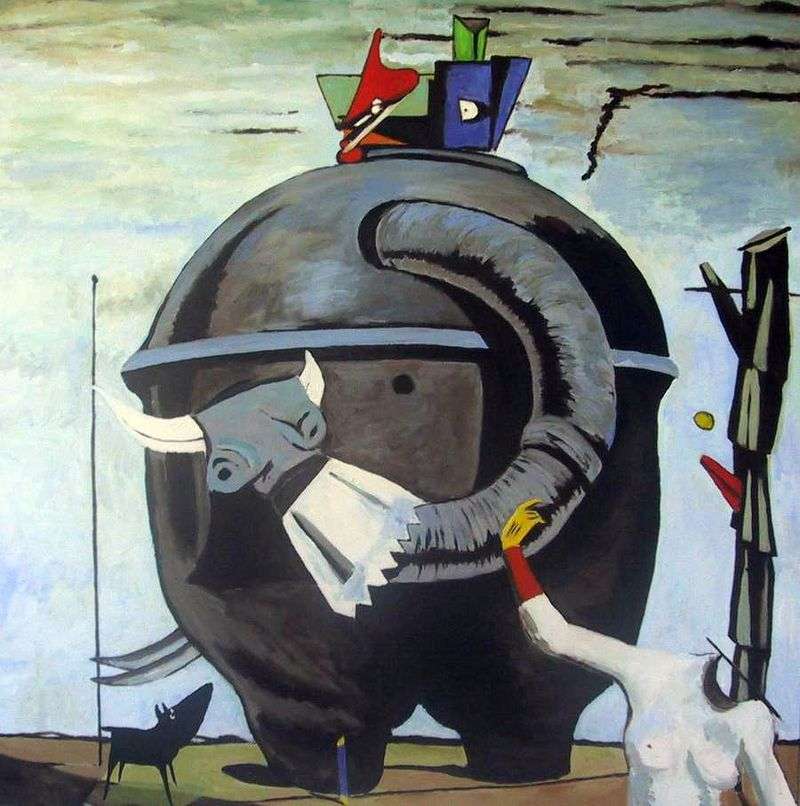
Art critics consider this picture the first big surrealist painting by Ernst. Her idea was born to the artist when he saw in the photograph in an anthropological journal a huge African basket for grain. Inspired by the example of de Chirico, who combined on his canvases seemingly incompatible objects, and based on Freud’s idea of freedom of association and the subconscious, Ernst created an unusual, beating on the spectator’s nerves masterpiece.
This tense picture at the same time repels and attracts the eye. On the canvas, we see a huge frightening creature, similar to an elephant and a tank. It moves, threateningly flashing with metallic tusks and horns, like a headless mannequin. Celebes is an island in Indonesia, reminiscent of its outlines of an elephant figure, and the name of the picture, according to Ernst himself, is taken from the school count, where there are such words: “Elephant with Celebes, like a demon.” “Celebes” Ernst wrote, not yet being a “formal” surrealist.
In 1921 he lived in Germany, but he was already in Paris, where surrealist fermentation was just beginning, where almost no one Andre Breton organized it, Ernst, an exhibition. Ernst himself will be in the city of his dreams only in a year. And while he vegetates far away from like-minded people and creates. Strange, weary images are swarming in his head. The First World War, which ended very recently, constantly reminds oneself of itself – a metallic oskomina, a buzz in the ears. And “Celebes”, created in this period, has a distinct militaristic sound. Sharp details, sticking out in different directions, are ready, it seems, to break, rip open the canvas.
The hand of the dummy, raised in an imperative gesture, is covered with a blood-red glove. Far in the distance is a sinister black smoke – a sign that somewhere on the battlefield shells rumble. What does the “elephant” look like? The gas mask, the need for which appeared exactly during the First World War, when thousands were hit by the latest weapon – gas. On a soldier’s helmet, painted in a protective color. On the monster, which is the very slow military machine.
The monster goes wherever he is attracted by the bloody hand of a headless, white, like a cheap gypsum monument on the grave, a dummy. The black eyes of an armored monster do not express anything. He will go wherever the mannequin orders. But when he is already gaining speed, it will be almost impossible to stop it. It is too heavy to turn it in the other direction or reverse. Perhaps in his relentless movement he will not even notice his current master – and will trample him, pass by without looking back.
The First World War ended. Before the beginning of the Second, there remained almost two decades. Between them – a respite, relatively calm times in the life of Europe. But are they really calm, if everything that appeared new in art screamed about the unhappiness of the world order, society, man? This new disturbed the calm, like standing water, the minds of the townsfolk. It made them look at what they did not want to see. And they categorically refused to understand “this nonsense”. They were the same townsfolk, who in the near future began to greet each other with the words “Heil Hitler.” Those, to whose lack of will Europe is bound by the “policy of pacification of the aggressor” and Munich collusion. Twenty years later, they actually experienced all the horrors that they did not want to see, until they were only a hallucination,
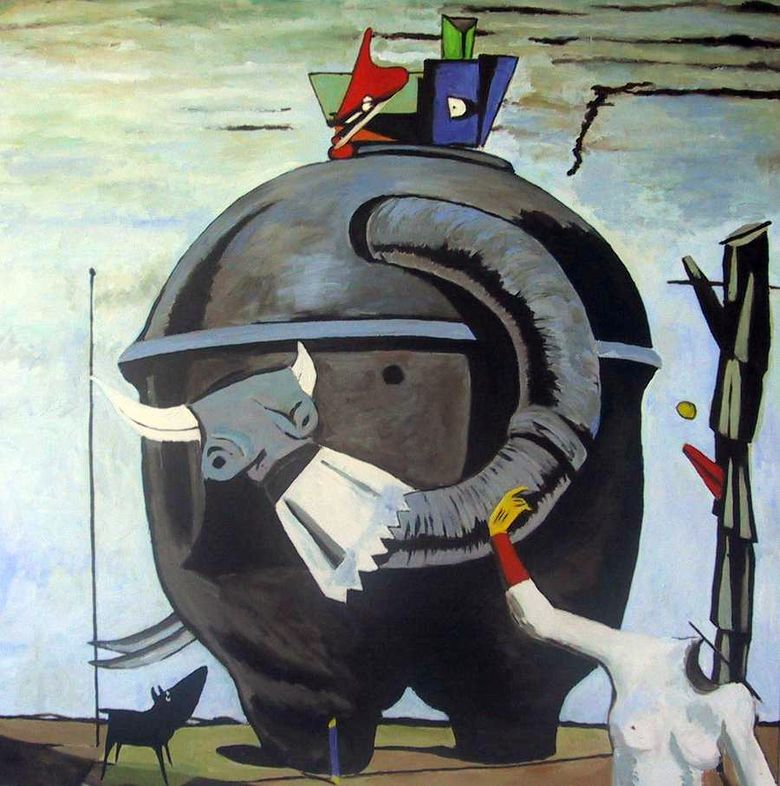 Célèbes – Max Ernst
Célèbes – Max Ernst Europe after the rain II by Max Ernst
Europe after the rain II by Max Ernst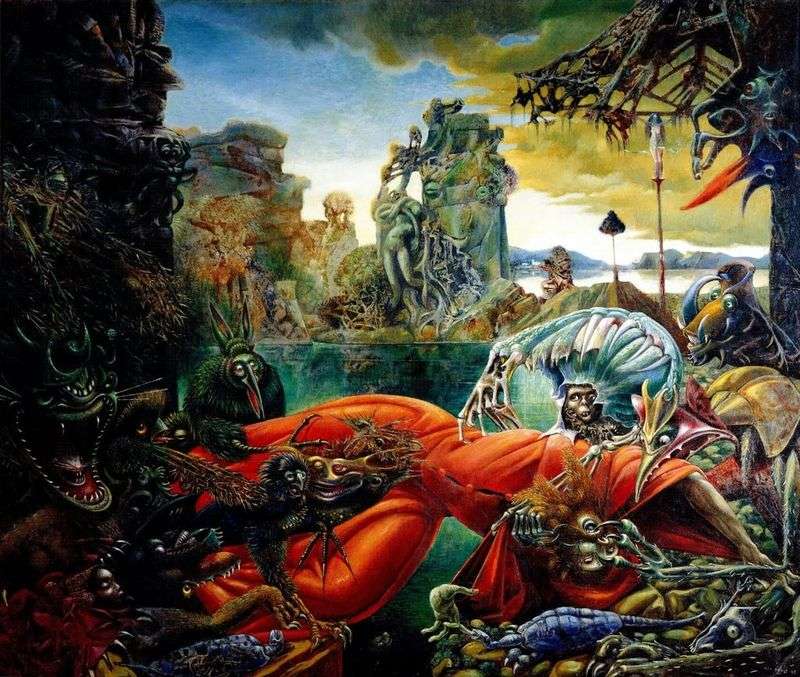 The Temptation of Saint Anthony by Max Ernst
The Temptation of Saint Anthony by Max Ernst The whole city by Max Ernst
The whole city by Max Ernst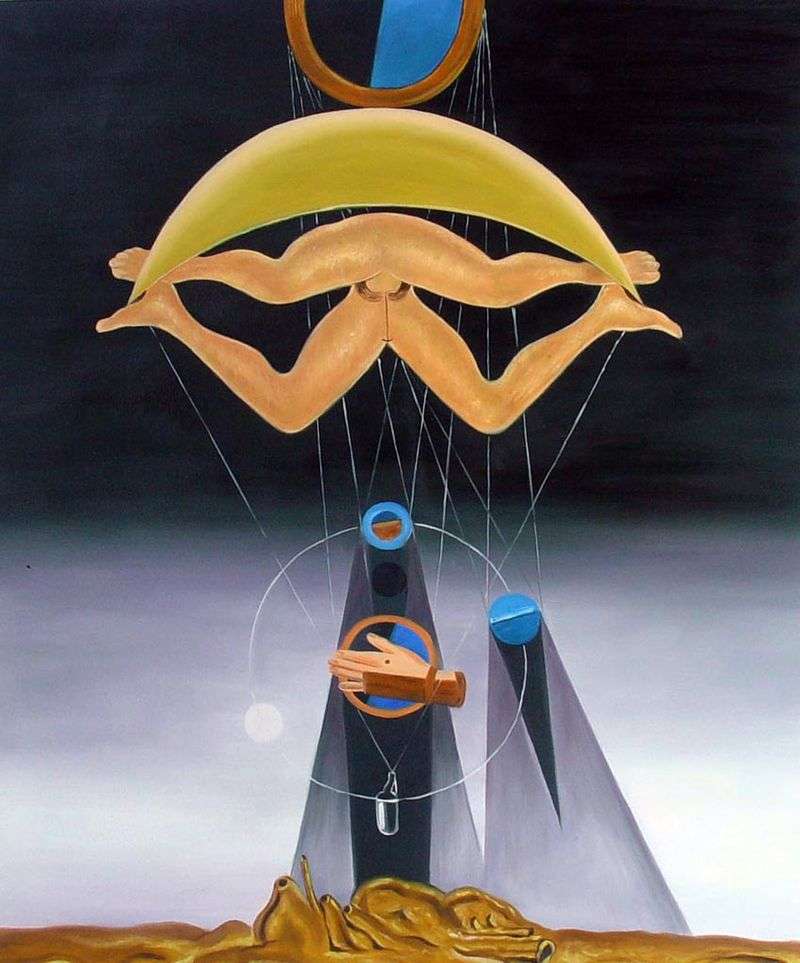 People do not know this by Max Ernst
People do not know this by Max Ernst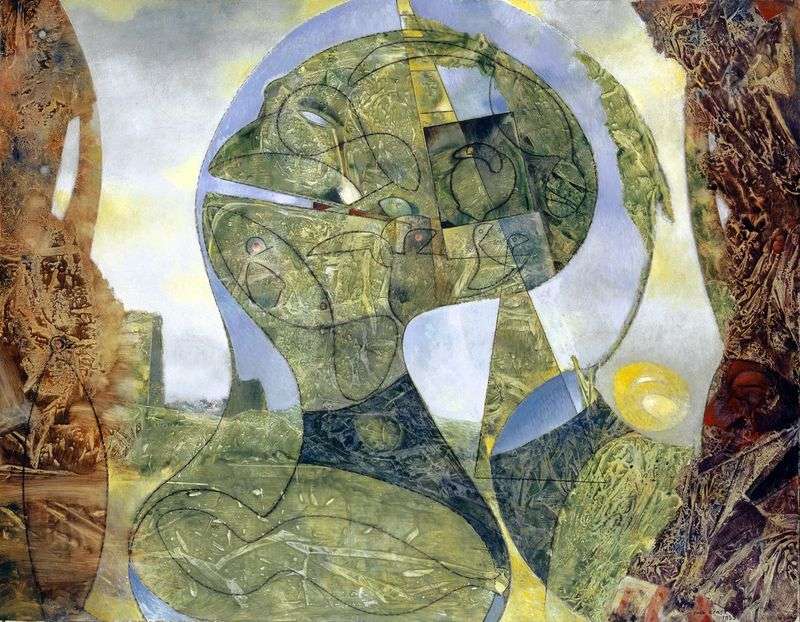 Old Dad Raine by Max Ernst
Old Dad Raine by Max Ernst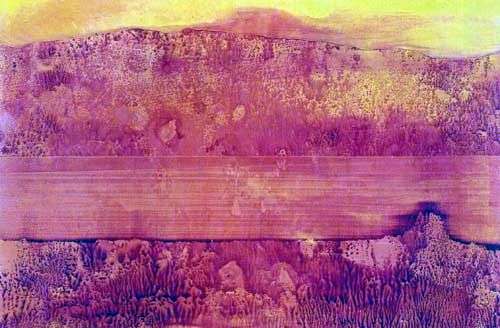 The Colorado River by Max Ernst
The Colorado River by Max Ernst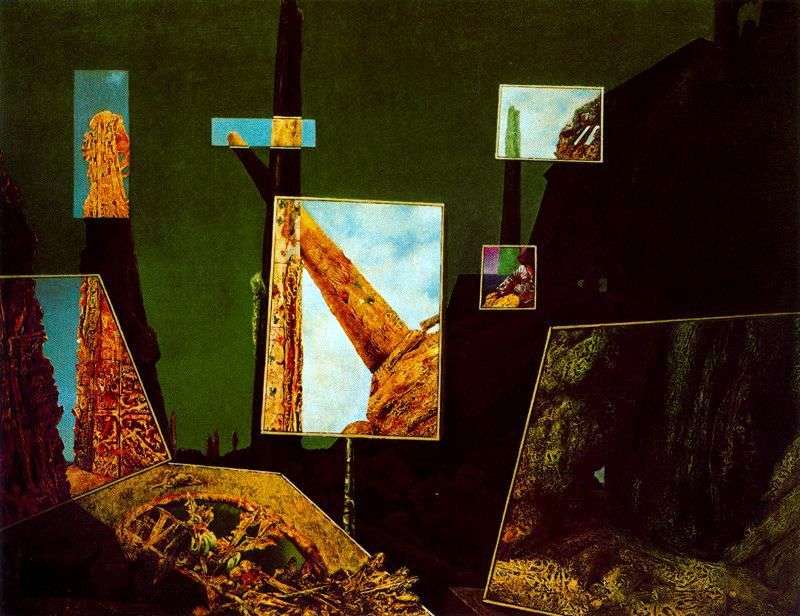 Day and night (Night and day) by Max Ernst
Day and night (Night and day) by Max Ernst